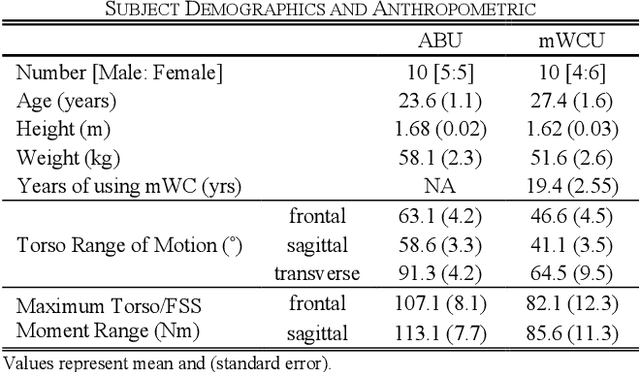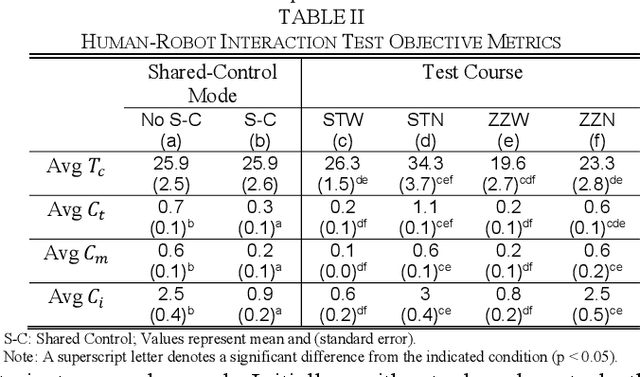Enabling Shared-Control for A Riding Ballbot System
Paper and Code
Sep 11, 2024

This study introduces a shared-control approach for collision avoidance in a self-balancing riding ballbot, called PURE, marked by its dynamic stability, omnidirectional movement, and hands-free interface. Integrated with a sensor array and a novel Passive Artificial Potential Field (PAPF) method, PURE provides intuitive navigation with deceleration assistance and haptic/audio feedback, effectively mitigating collision risks. This approach addresses the limitations of traditional APF methods, such as control oscillations and unnecessary speed reduction in challenging scenarios. A human-robot interaction experiment, with 20 manual wheelchair users and able-bodied individuals, was conducted to evaluate the performance of indoor navigation and obstacle avoidance with the proposed shared-control algorithm. Results indicated that shared-control significantly reduced collisions and cognitive load without affecting travel speed, offering intuitive and safe operation. These findings highlight the shared-control system's suitability for enhancing collision avoidance in self-balancing mobility devices, a relatively unexplored area in assistive mobility research.
 Add to Chrome
Add to Chrome Add to Firefox
Add to Firefox Add to Edge
Add to Edge